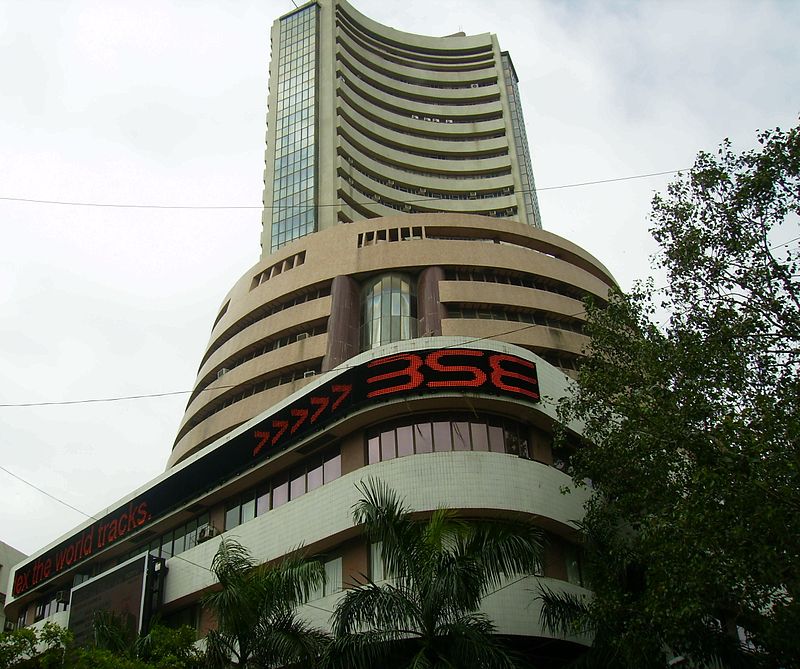By Rohit Vaid
Mumbai– Healthy progress of the monsoon and expectations of more economic reforms are expected to strengthen the Indian rupee in the upcoming week.
According to experts, other factors such as the “positive impact” of the government’s latest decision to accept the Seventh Pay Commission’s recommendations will lead to a stable rupee.
The recommendations will entail additional expenditure of Rs 102,100 crore. This is expected to boost spending in several sectors.
Even the increased chances of GST’s passage during parliament’s monsoon session beginning later this month can prop up the rupee.
“Strong pickup in monsoon, expectation for the passage of (Goods and Services Tax) bill and income effect from 7th Pay Commission can keep rupee attractive,” Anindya Banerjee, Associate Vice President for Currency Derivatives with Kotak Securities, told IANS.
 “Indian bonds can continue to gain, as world over bond yields have fallen post Brexit.”
“Indian bonds can continue to gain, as world over bond yields have fallen post Brexit.”
The Indian rupee is predicted to range between 66.50-67.30 in the very near-term.
“The rupee has nearly recouped all of its losses post Brexit to end last week at 67.32/USD- post the initial knee-jerk impact,” Bansi Madhavani, analyst, India Ratings and Research, told IANS.
On the so called “Black Friday” — June 24, 2016 — when Britain decided to exit the EU, the rupee weakened by 71 paise to 67.96-97 against a US dollar. It has made healthy gains since.
“Rupee is likely to consolidate its gains over the coming week, though revival in foreign flows has still not been encouraging,” Madhavani said.
As per provisional figures from the stock exchanges, the foreign institutional investors (FIIs) invested in stocks worth Rs 686.28 crore during the week under review.
The National Securities Depository (NSDL) figures showed that foreign portfolio investors (FPIs) were net buyers of equities worth Rs 197.19 crore, or $30.32 million from June 27-July 1.
Madhavani elaborated that the rupee will reflect the implications that emerge out as and when the final modalities of Brexit emerge.
“Implications of an eventual Brexit are likely to be material over both near and medium term, as the UK and EU iron out modalities of the exit,” Madhavani said.
“In the interim, financial markets especially currencies are likely to realign and reflect shifts in global risk appetite.”
Madhavani pointed out that the release of US FOMC’s (Federal Open Market Committee) June meeting minutes, along with US jobs’ data will influence the rupee’s trajectory.
The US FOMC’s June meeting minutes assume significance as they can yield cues on when the next rate hike cycle might start.
Earlier, the US FOMC had decided to maintain its key lending rates. The US Fed signalled its intention to limit the times it might increase key lending rates due to a weak domestic jobs market.
A hike in the US interest rates can potentially lead FPIs (Foreign Portfolio Investors) away from emerging markets such as India.
On a weekly basis, the currency fell by 65 paise to 67.32 against a US dollar from its previous close of 67.96-97 to a greenback. (IANS)







